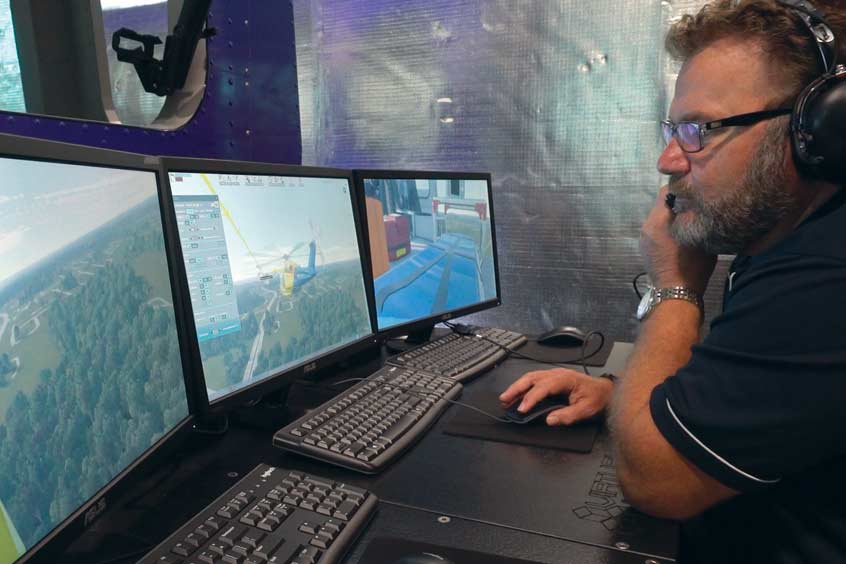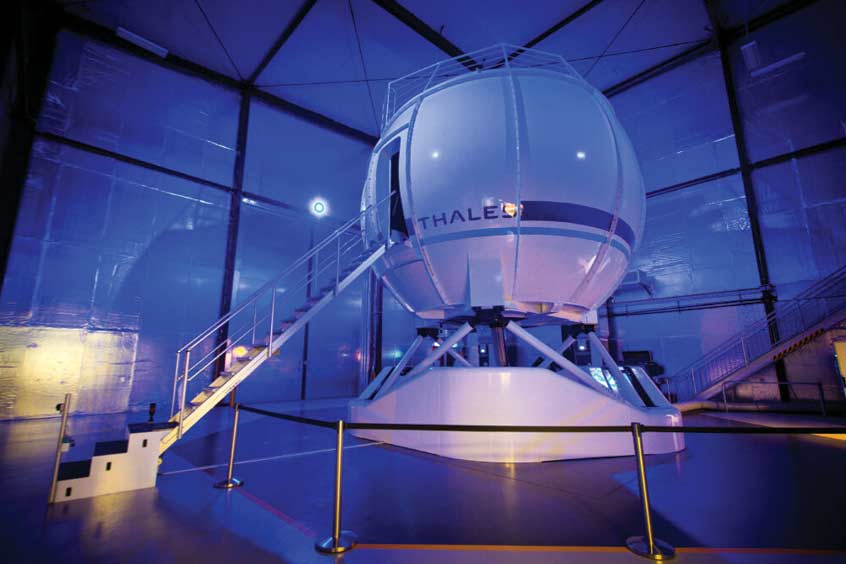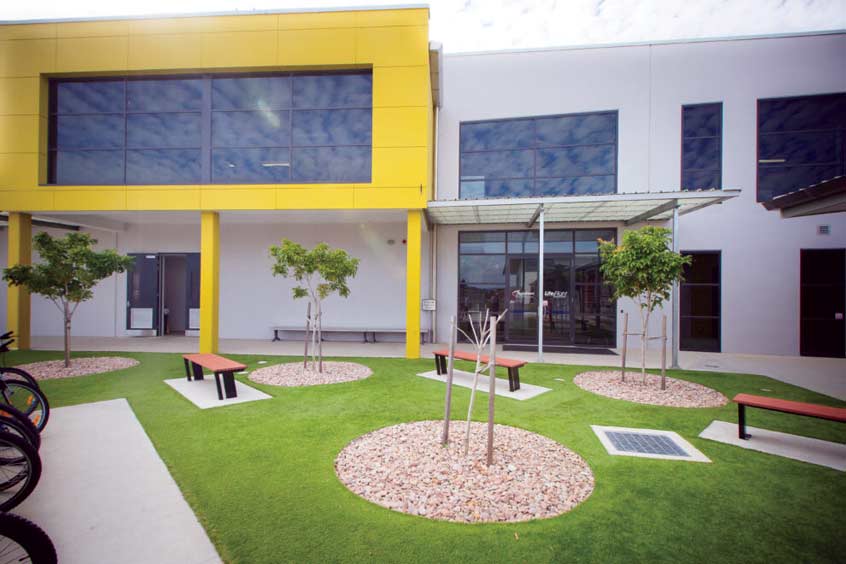Why visit ACE ’25?




A new virtual reality crew simulator is the latest addition and completes the full suite of simulators at Australia's LifeFlight Training Academy. The equipment transforms the way aircrew officers train for lifesaving winch missions by combining high fidelity virtual reality technology and physical elements, built into a replica of a helicopter cabin.
“You wear a harness, you can put your gloves on, you hear everything through a headset as you would for real, the winch cable runs through your fingers, sitting with the winch pendant in your other hand,” RACQ LifeFlight Rescue aircrew officer Greig Allan says.
The equipment joins a Thales Level D full flight simulator for pilots and a medical simulator for training flight doctors, nurses and paramedics, meaning the LifeFlight Training Academy, which is located in Brisbane, Australia, can now offer simulated training across all key roles of aeromedical care.
“This is the final string in our bow for aircrew training; it creates an opportunity for crews, both from LifeFlight and external clients, to come to the academy and tick off any type of training they need to do, such as helicopter underwater escape training or crew resource management training,” executive manager Tim McGuire confirms. “New aircrew officers can come here and train in a much calmer environment than with a live helicopter; they can do a ground lesson, then do static training in the simulator and get a feel for an aircraft before going anywhere near a real helicopter.”
Chief aircrew officer and simulator instructor Simon Gray said the system also allows trainers to develop crew members to a higher level. With the trainer in full control of the simulated scenarios, they can introduce challenging elements that could never be implemented in live helicopter training, such as creating wild weather conditions. “In the real world we're pretty much limited to low heights for our training; we can't introduce things that would potentially be dangerous in the real world, whereas we can do all that here,” says Gray. He adds that the system can also be completely pre-programmed to run a scenario on its own, meaning the instructor can simply hit 'play', then focus on what the aircrew officer is doing and what they're seeing during their virtual experience.
“That's the great thing about this system; I can see exactly where they're looking through screens that display what the trainee can see through the VR headset,” he explains. “We then have the ability at the end of the scenario to play it back completely in a multitude of views and perspectives, from what the trainee was looking at to what the aircraft was doing and to what the survivor on the ground could see.”
The equipment allows aircrew officers more hours of 'training in the air', while saving the costs of flying hours and leaving rescue crews and choppers online for tasking. “We don't get a lot of time in the back of the aircraft in the cabin because of the costs involved, so this really is going to allow us to develop our crewmen to the next level,” Gray continues.
The simulator can be adjusted to model either an AW139 or Bell 412 helicopter and can be used to train other cabin crew, such as nurses and paramedics.
LifeFlight has a forty year history of providing aeromedical and pre-hospital care in Queensland, Australia with a fleet of ten RACQ LifeFlight Rescue helicopters, four medically-configured RACQ LifeFlight Rescues air ambulance jets and 150 RACQ LifeFlight Rescue critical care doctors, along with flight nurses and flight paramedics. The LifeFlight Training Academy provides training and currency for the aeromedical crews in the fleet, as well as for commercial clients.